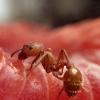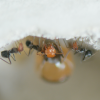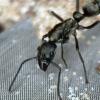Hello dboeren;
I hope this helps.
Waterers are a convenient way to provide water to small colonies and small ants in particular. Unfortunately, these are the very ants that sometimes have difficulty reaching the water or wind-up drowning in it when they do. For a while I solved this problem by putting small pieces of cotton in the base before screwing in the water bottle. Pictured below is the newest way I'm making it safer for small ants by putting a piece of paper towel over the water bottle and then screwing the base on tightly. Then I pull away the excess paper towel. Unscrew the bottle from the base 1/4 turn to let air in. I squirt some water in the openings in the base to help the ants get the water idea and it's ready to go. Don't worry if there's some towel sticking out the top, water will wick up and small ants can drink safely there too.
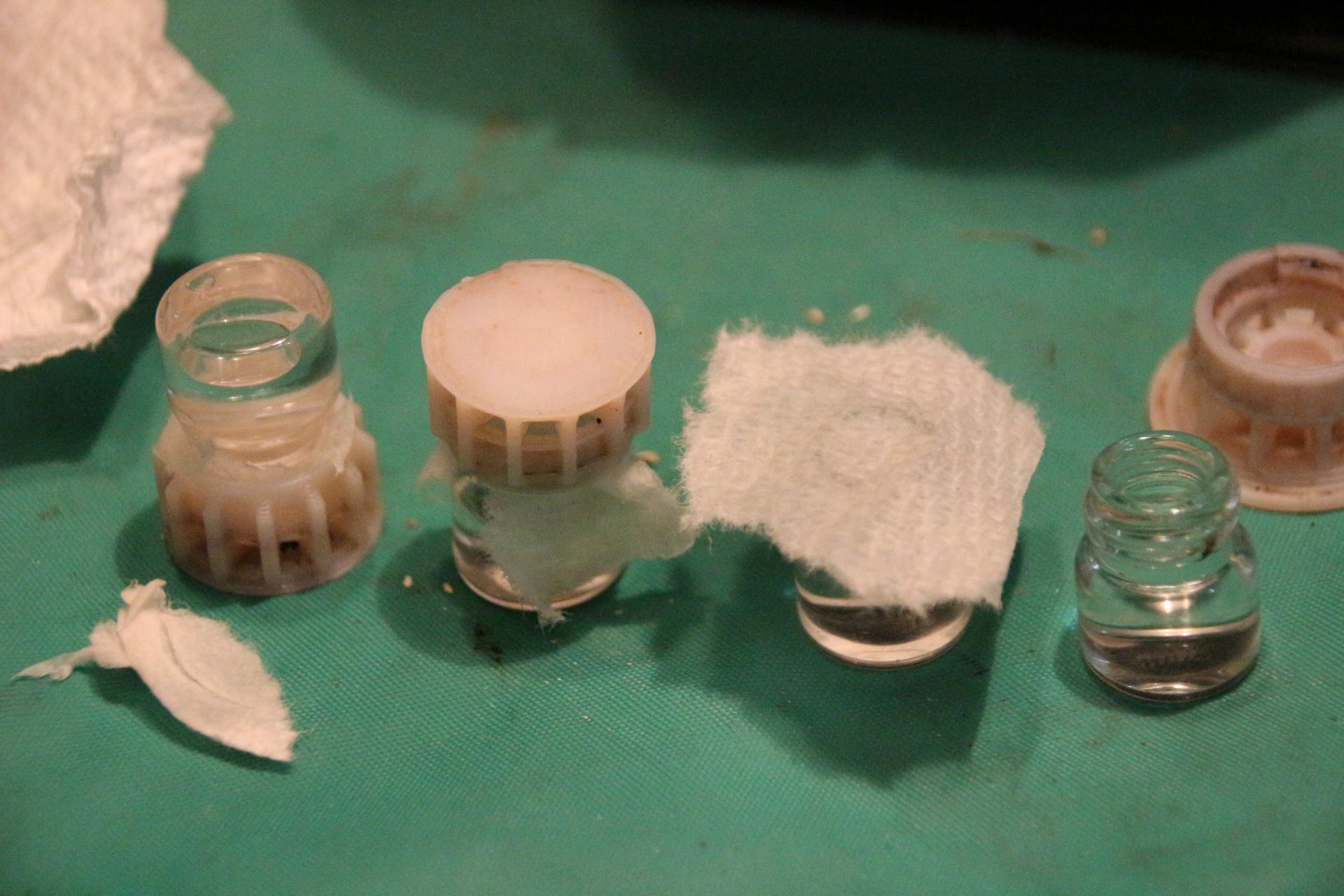
I copied the above from another post of mine because it shows how I assemble all my waterers. This method has a number of advantages for protection of small ants; it also allows you to slow the rate at which water will flow out of the waterer. Water can't flow freely out the holes of the waterer because of the paper towel, and that flow can actually be regulated by the amount of air that gets into the waterer to replace the water that's gone out. Allow more air in and more water will go out. When I screw the bottom onto the paper towel covered bottle, I screw it on finger tight, remove the excess towel, and then unscrew the base enough to let in some air. One quarter turn open is enough to let air in and water out, but it'll be restricted so it's less likely to be drained out quickly by problem ants. Some ants will chew holes in the towel, but they're doing that because they want more water, and it doesn't flood.
I use both waterers and test tubes for my ants. The waterers are used mostly in small formicaria for small colonies. Problem colonies only get test tubes. As a colony gets larger, they'll use enough water that a test tube is more practical. Test tubes are available in a multitude of sizes, I use them for sugar/water and water, with a cotton stopper. Every colony has a test tube of water, large or small, even though they may have a waterer as well. This comes in handy for vacation as they're familiar with the test tube for water so less problems adapting. A colony should never run out of water.
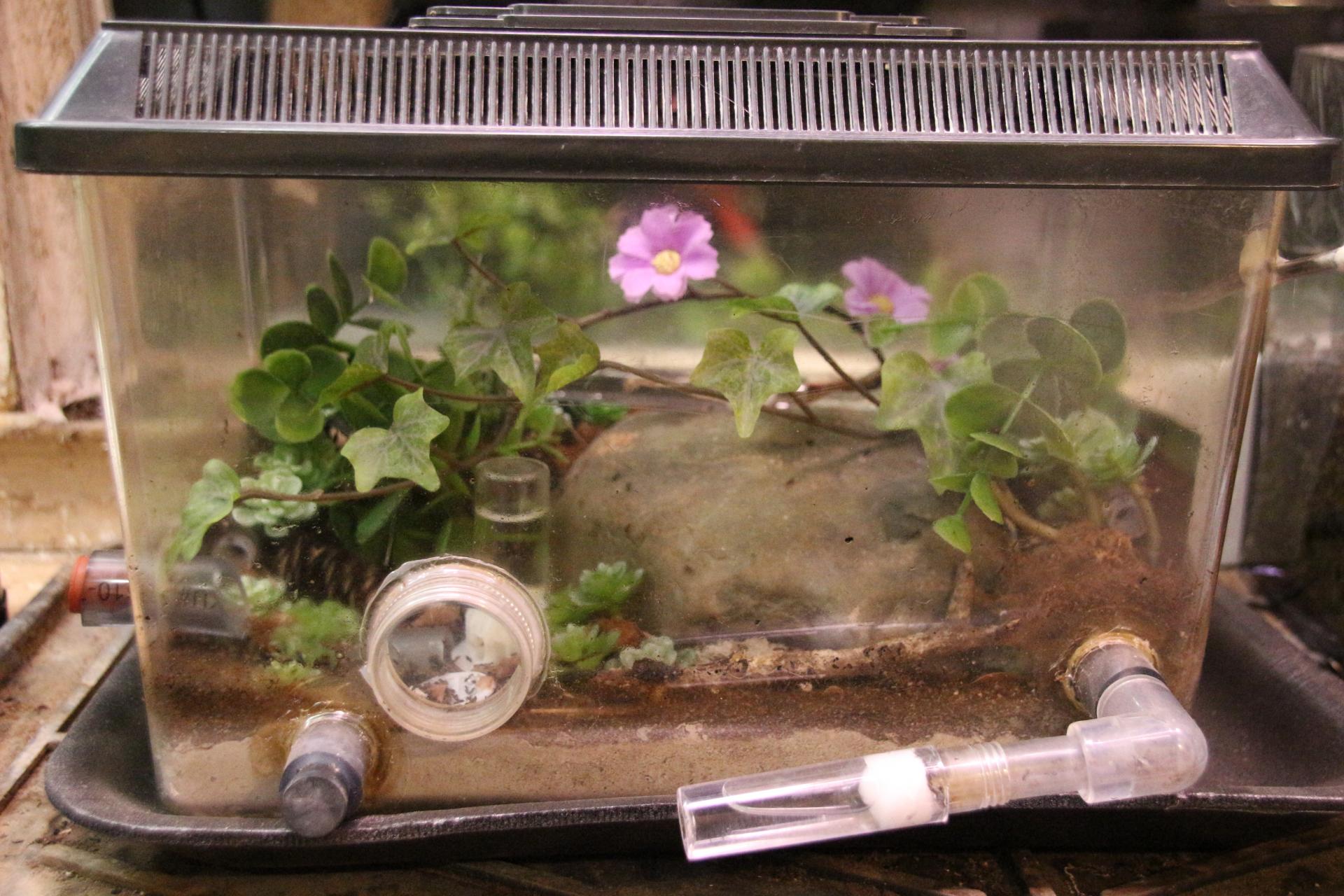
For this colony I have a large waterer in the center and a test tube of water laying on top at the back. The tube mounted out front is actually a bottle meant for storing beads; it also very conveniently fits snugly over half inch tubing! I give them sugar/water in that bottle. I can prepare a replacement bottle ahead and slip the empty bottle off, full bottle on, job done.
Since I took this picture, I've added a second bottle out front with water in it. Another advantage of this setup is that I can tip the closed end of the bottle down, so the water is touching the cotton, but it's on enough of an angle the water won't flood out. You can do the same with any test tube, tip it enough with the open end upwards so water can't run out and then let them fill it with as much crap as they like. Some colonies just aren't sophisticated enough for a waterer and a test tube is your best option. Good Luck
RPT
My father always said I had ants in my pants.



